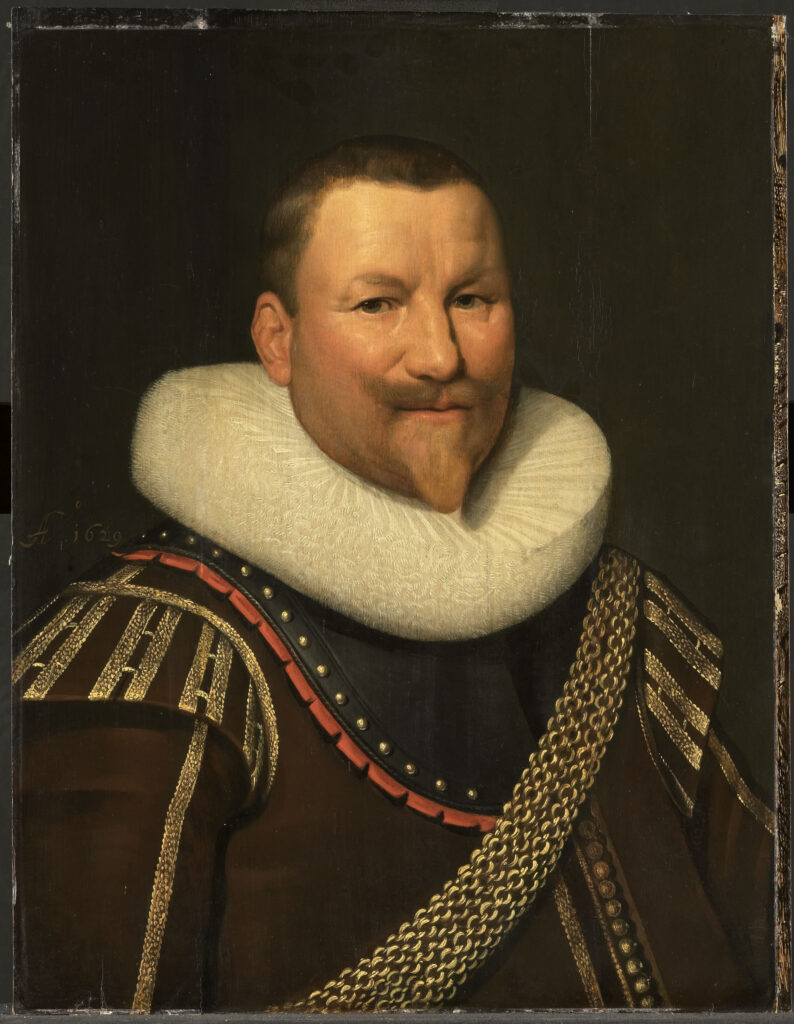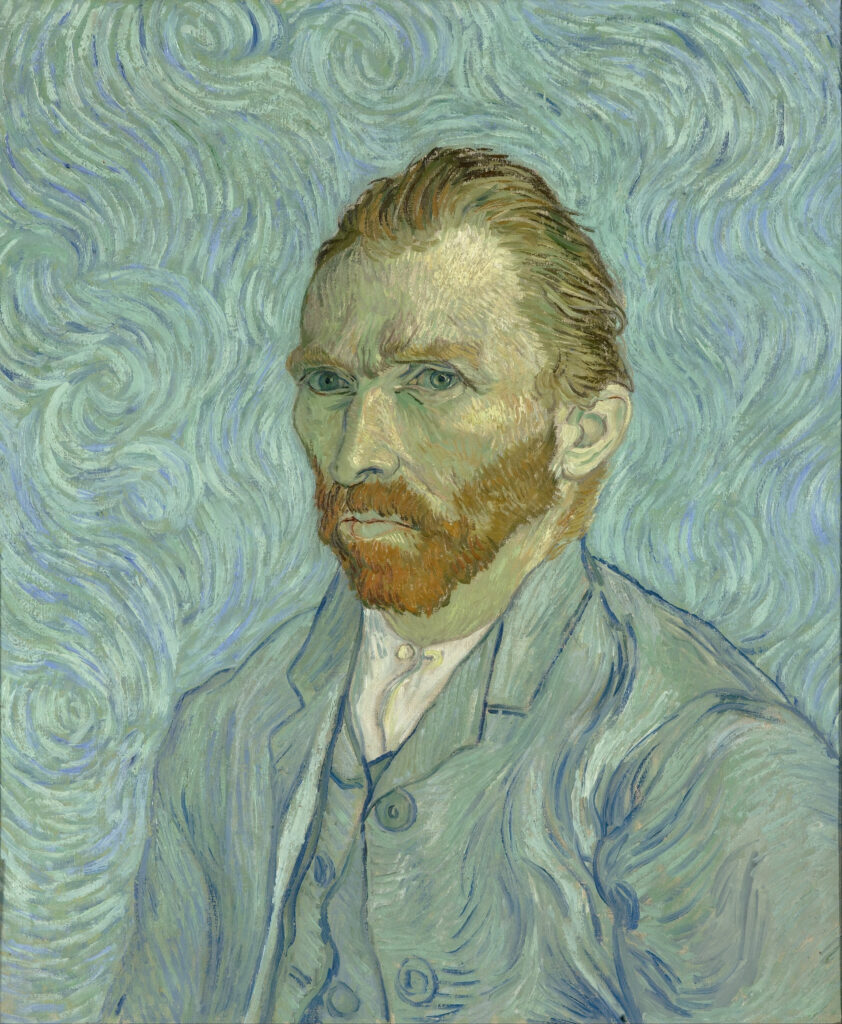A destiny shaped by the sea and captivity
Born on November 25, 1577 in Delfshaven – today a district of Rotterdam – Piet Hein grew up in a family of sailors. As a teenager, he took to the sea, following in the footsteps of his father, a captain. But his life changed dramatically when he was captured by the Spanish at around 20 years old. Reduced to a galley slave for at least four years, he endured horrific living conditions before being freed in a prisoner exchange.
This captivity left a deep mark on Hein, fueling a lasting resentment against the Spanish Empire and shaping his future commitment to naval warfare.
A meteoric rise in the navy
In 1607, he joined the Dutch East India Company (VOC) and sailed to Asia. He returned five years later, promoted to captain, and settled in Rotterdam, where he even became a member of the local government.
But destiny soon brought him back to the sea. In 1623, he was appointed vice-admiral and joined the Dutch West India Company (WIC). His mission: to weaken Spanish and Portuguese maritime power in the colonies.
His successes came quickly:
- 1624: He captured Salvador de Bahia, a Portuguese colony in Brazil.
- 1627: He seized several Portuguese ships loaded with sugar, directly striking at the crown’s economic interests.
But his greatest feat was still to come.
The legendary capture of the Spanish silver fleet
In 1628, Hein prepared a spectacular attack on the Spanish fleet carrying treasures from the mining colonies of the New World.
While some Spanish ships managed to escape to nearby colonies, fifteen vessels were trapped in Matanzas Bay, Cuba. Hein launched the assault and captured a loot estimated at over 11 million guilders, equivalent to several months of funding for the Dutch army.
It was the greatest Dutch victory in the Caribbean. When he returned to the Netherlands in 1629, Piet Hein was welcomed as a hero in Rotterdam.
A tragic end at sea
Thanks to this achievement, Hein was promoted to Lieutenant Admiral of the Dutch fleet. But his glory was short-lived. A few months later, he took part in a battle against the Dunkirk privateers, allies of the Spanish. During the fight, he was killed.
He was buried in the famous Oude Kerk in Delft, alongside other emblematic figures of Dutch history.
A legacy that lives on
Today, the name of Piet Hein remains closely tied to the Dutch Golden Age at sea. Several tributes honor him across the country:
- A statue in Delfshaven, his birthplace.
- The Piet Hein Tunnel in Amsterdam.
- A former Dutch naval frigate, the Piet Hein.
His name also inspired a popular song:
“Piet Hein, Piet Hein, zijn naam is klein, maar zijn daden benne groot”
(“His name is small, but his deeds are great”).
Piet Hein is far more than just a privateer: he became a symbolic figure in the fight against the Spanish Empire, a true emblem of courage and ingenuity.

